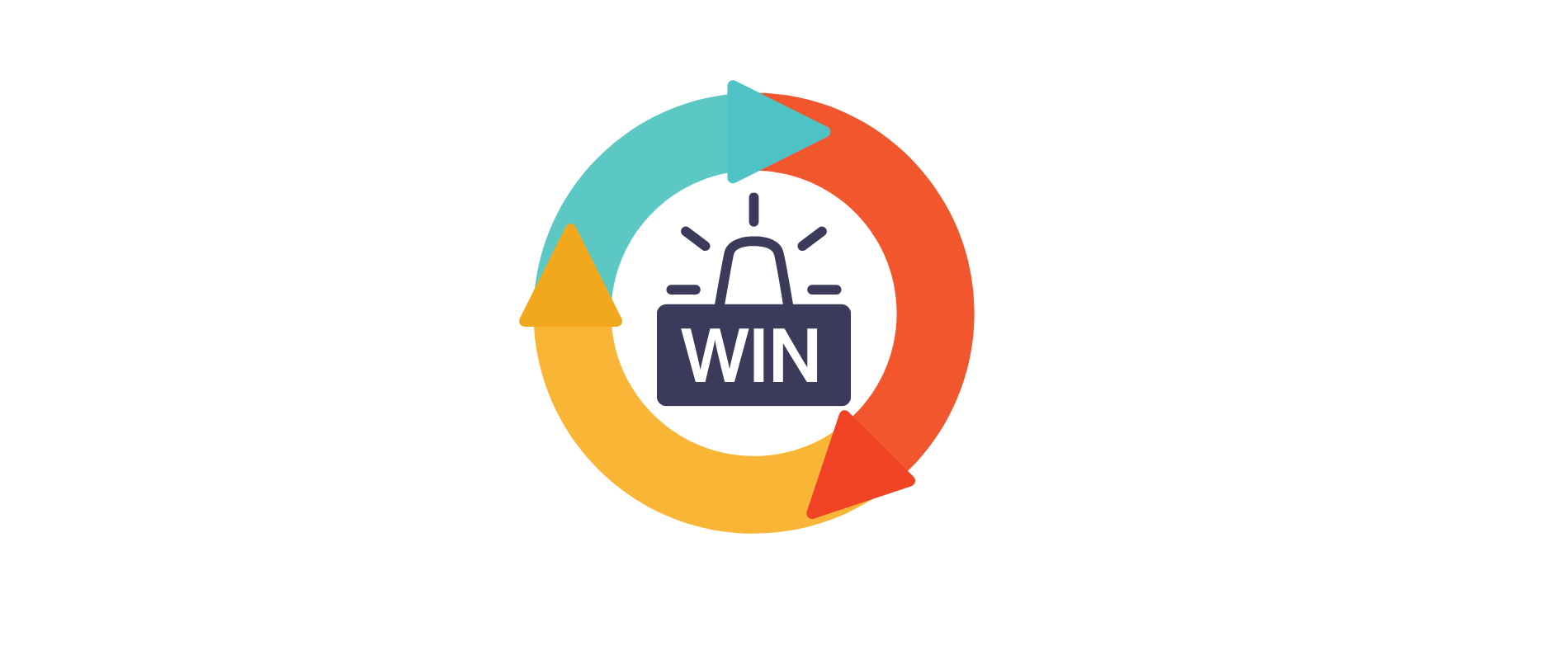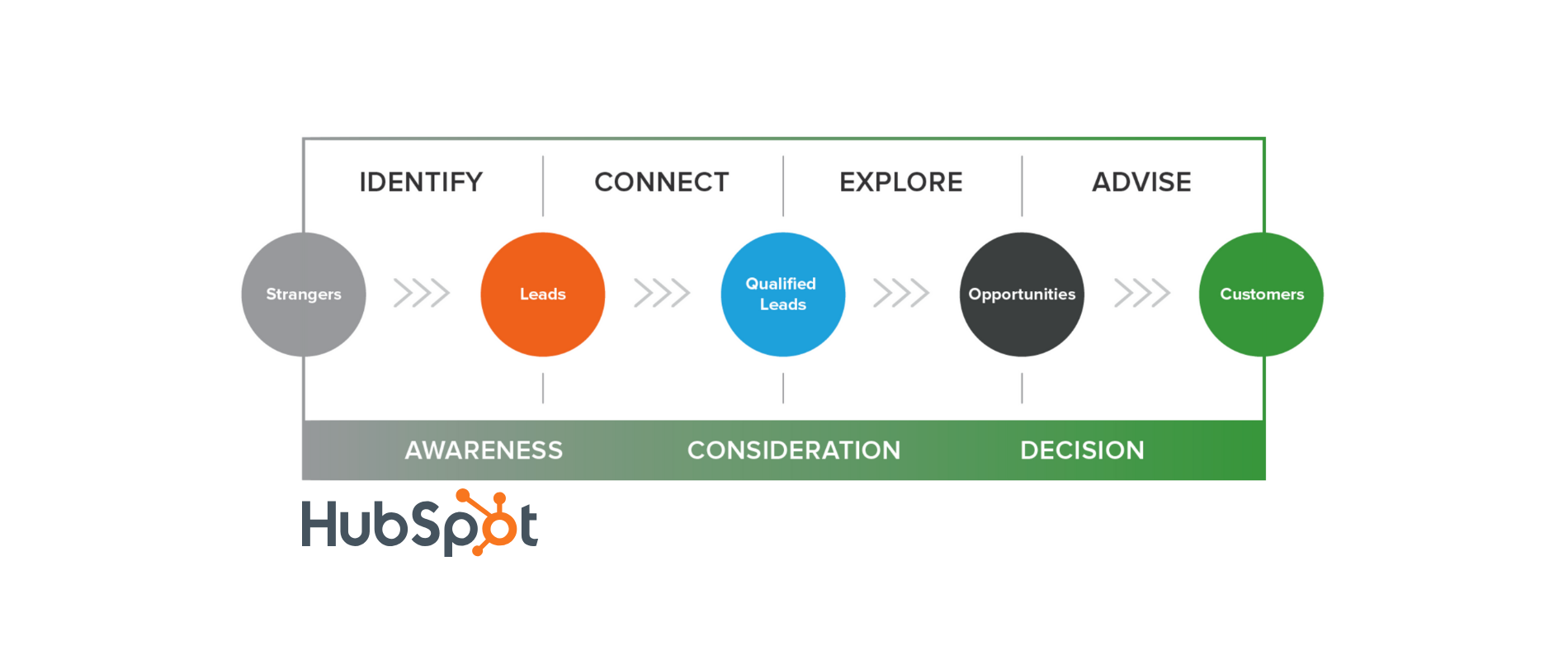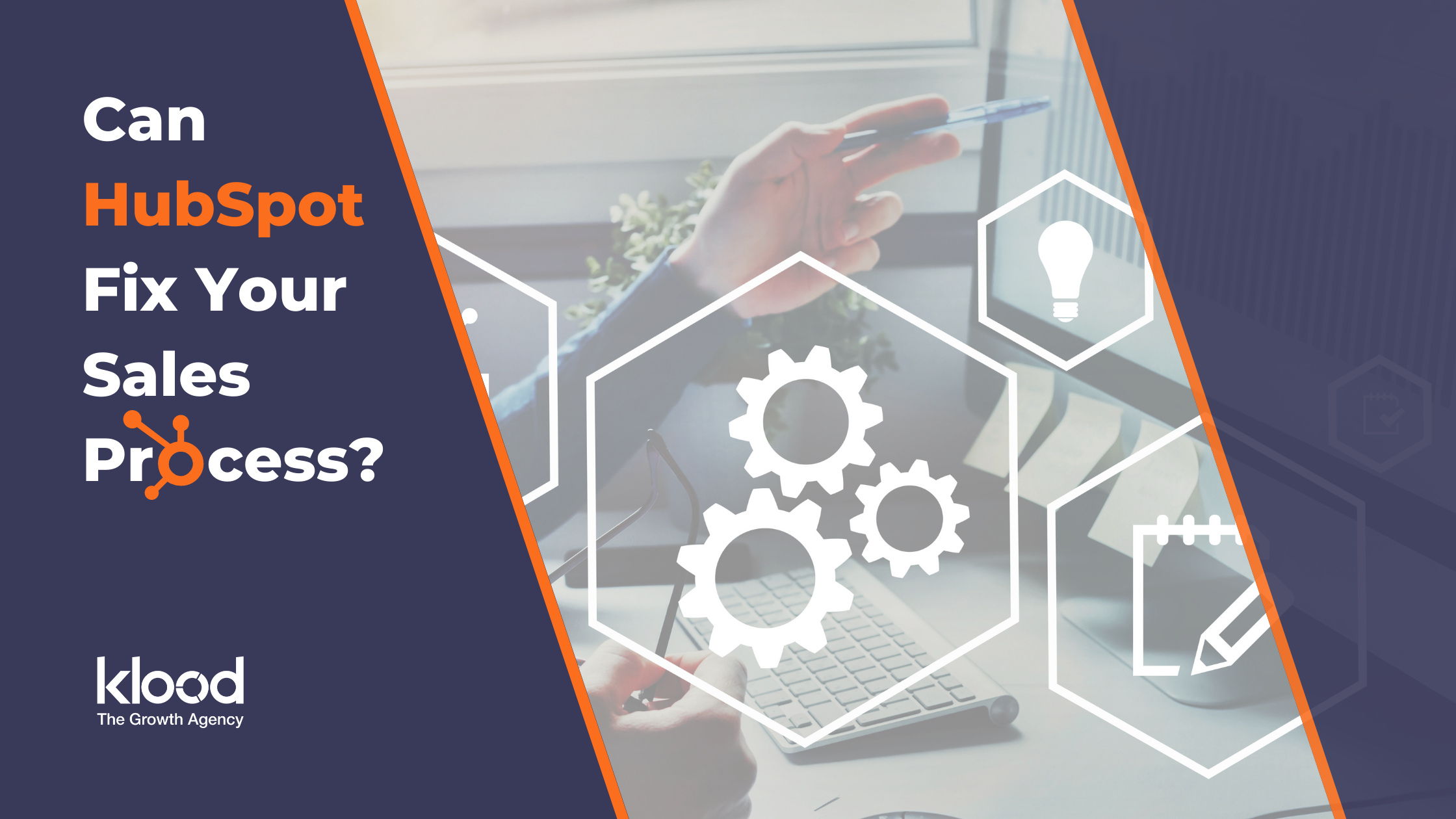
Get weekly
HubSpot updates
Inbound selling has become the new normal for many SaaS sales professionals, with teams swiftly adopting this model in order to continue meeting and exceeding their sales quotas in the current climate. But this isn't a novel concept; in 2019, 45.5% of sales professionals were already using an inside sales model, and businesses adopting this approach have been increasing measures since 2014 – particularly within the SaaS industry.
Whether recent events have pushed you in this new direction, or you were already considering the transition to an inbound sales strategy, inbound selling has become integral for those who are looking to improve their sales efficiency and increase sales conversions.
To see the most return on investment (ROI) from this model, a sales process that complements your business values, sales reps, customers, and products or services is essential. Let's look at how you can achieve this.
What are the challenges of adopting a new sales process, and why should you look at changing yours?
Building a scalable inbound sales process that ensures repeated success can be a challenging task, especially as there is no one-size-fits-all approach. Your process will be specific to your business, sales team, and target audience. However, the benefits you will see once you have found the right approach should outweigh the exertion of setting it up.
Sales process streamlines the completion of any task and improves accuracy, efficiency, and consistency – especially between the interactions of your sales reps and customers. The real value here is the opportunity to provide customers with consistent positive experiences, helping to boost conversions and close more deals.
Here are the main challenges you may face when moving to an inbound sales process and how to overcome these:
- Bringing all stakeholders onboard
- Finding the right tools to support your new process
- Addressing inefficiencies in your current customer journey
- Measuring success and implementing accountability
To overcome these challenges, your team will have to take a unified stance when planning, researching and implementing the right approach for your business. From redesigning your customer journey to fit your inbound sales process to identifying the tools and strategies that will help you implement the model and continuously test and optimise it to ensure that you're getting results and moving in the right direction.
How you can use process and tools to enable inbound sales
A strong and established inbound sales process will help your team to make the most of consistent and reliable methods that enable repeated success. For inbound teams, you must have a documented sales process that they can keep referring to.
Sales Process Steps
Prospect
This is the initial stage of the sales process where your team will be identifying and sourcing suitable leads for your business; reps will be building a database of likely customers and finding the best way to move them through the buyers journey until they convert.
Connect and qualify
Making contact with early-stage leads will help your sales team to gain insight into who may potentially be a right fit customer for your business. Once you've qualified your leads, you can decide which ones may be ready for the next stage of the buyer's journey.
Research
Now that you've identified the ideal leads, you should ensure that you approach them with the right content and level of personalisation in order to nudge them towards closing. It's at this point that you should really delve into the pain points and challenges that your service or product may be able to address for them.
Present
Demonstrating your product or service, especially when you have to tailor the presentation to illustrate points that would be relevant to a specific lead, should be reserved for prospects who have shown a high level of engagement and purchasing potential. In an inbound sales scenario, your presentation will have to take place online, so it's essential to structure the meeting in a way that will be engaging and interactive.
Handle objections
It's not unusual for prospects to raise concerns or have objections to your proposal. Naturally, they want to ensure that they are getting value for money and the reassurance of a trusted brand. Your inbound sales people needs to anticipate these objections and prepare satisfying answers and solutions.
Close
This step is where all sales reps want to end up. Delivering the quote or negotiating the deal are the late-stage activities that have come about as a result of a successful customer experience thus far. Once the sale is complete, the sales rep can pass the client on to an account manager or customer success representative to continue with inbound best practices.
Communicate and continue to sell
As we touched on above, the inbound marketing feedback loop doesn't stop at the sale. Inbound sales reps should make sure that there's a smooth handoff between teams and that the customer continues to receive value through useful content, frequent communication and excellent service. This initiative will help to provide further upsell and cross-sell opportunities for your sales team and keep customers happy and willing to refer you to their friends and family.
Essential tools to support your sales process
CRM System
A customer relationship management platform is a must-have tool for inbound sales teams. A CRM will minimise admin and support your reps with all the relevant information they need about a lead and their position in the customer journey. This cost-efficient solution will help to improve communication, regardless of location, and help sales reps to feel more confident and well prepared for their daily outreach activities.
Lead Qualification System
For your sales development to be effective, it's essential to have a clear definition and a process in place to identify and qualify leads. When your team is wasting time on non-qualified leads, they are missing out on opportunities and prospects who may have been ready for conversion. Your lead qualification system has to be agreed upon by both your marketing and your sales teams to ensure that everyone applies the same methodology.
Repository for sales docs
Since all your inbound sales representatives have to sing from the same song sheet, it's important to have a safe and secure place where they can easily access up to date assets. A central repository for your sales docs will enable your sales team to easily share educational content when nurturing leads and prospects. It should be easy and simple to call up information and quickly share it as and when its needed, with the reassurance that the documents being shared display the latest information on your products and services.
Chatbots
AI tools such as chatbots are a great help when it comes to engaging and qualifying your leads automatically when your sales reps aren't available. Chatbots can collect information and contact details that your sales team can review during working hours and communicate with the prospects while also being prepared with the necessary material to answer their questions.
Online meeting tools
Online meeting tools are enabling more dynamic face-to-face conversations and demos via video. This allows you to make a more personal connection with your prospects and show them exactly how your product will help them. Features in Zoom, for example, make it possible to share screens and record conversations so that the lead can share the information with other stakeholders or review your demonstration at their own pace.
Ideal customer profile document
A useful tool when qualifying leads is a checklist of the most fundamental attributes someone needs to have in order to be successful as your customer. This can quickly eliminate any unsuitable prospects and help your sales team work with greater focus.
Sales playbooks: Success in sales is all about continuous learning and optimisation of processes. Make sure that your team is always prepared with competitive battle cards, call scripts, suggested conversation flows and qualification questions.
Templates: Create standard email templates that can be used according to the scenario and then personalised for the lead before sending. You can use this tool for prospecting and connecting with contacts.
Download our free SaaS Sales Pro Tool Kit
Plan, optimise, and convert more sales.
HubSpot Sales Pro
HubSpot Sales Pro is the contemporary tool trusted by thousands of businesses around the world to optimise every stage of the sales funnel. This innovative tool enables your teams to personalise their automated outreach campaigns, helping to generate even more leads for them to contact. By providing complete visibility over the sales pipeline, remote teams can do more with far less admin in between.
Inbound selling support
Inbound selling is a proven model that generates great ROI and enables your team to become more effective over time. The right process and the right tools to help you deliver on the promise of inbound sales will make adopting this powerful sales model a success. Here, we speak from experience as this is something we have done for ourselves, utilising the HubSpot Sales Pro tools.
If you're transitioning to an inbound sales model or are keen to optimise your existing one, we can offer support and industry-specific advice to help your company operate with greater efficiency and win more business.

